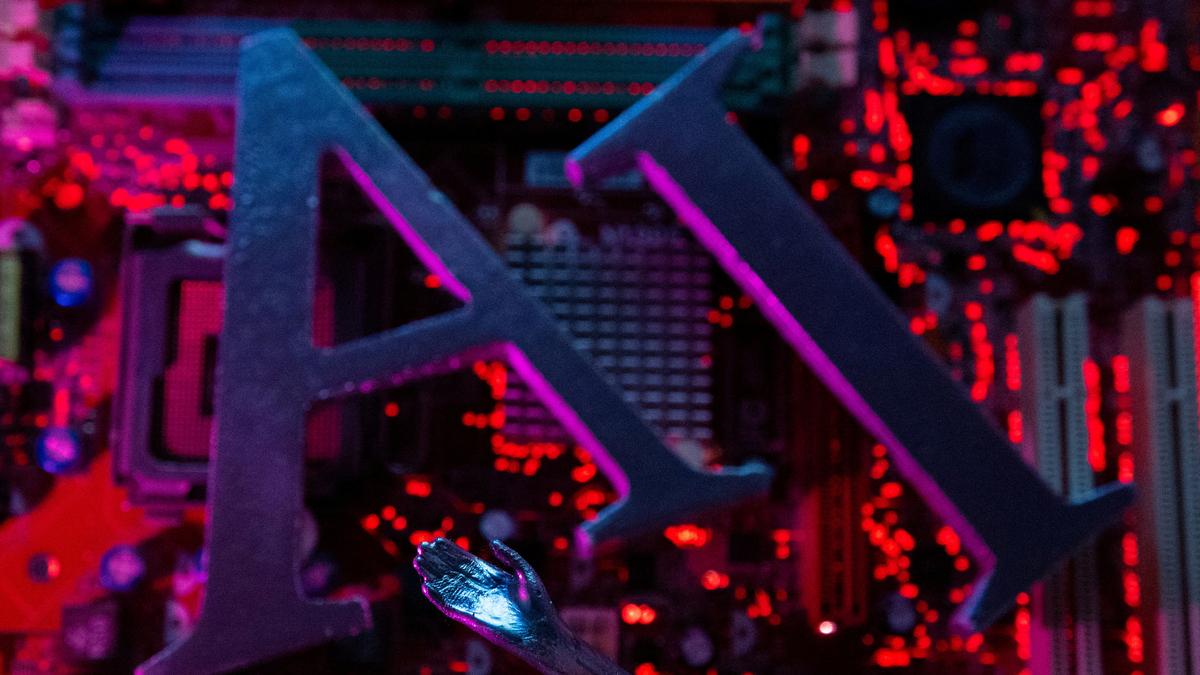California is on the verge of becoming the first state to implement comprehensive safety regulations for advanced artificial intelligence (AI) systems. This landmark legislation, SB 1047, has sparked a heated debate between tech giants, AI enthusiasts, and policymakers. While some argue that the bill is a necessary step to mitigate potential risks associated with AI, others fear it could stifle innovation and drive AI development out of the state.
Navigating the Uncharted Waters of AI: The Rationale Behind SB 1047
SB 1047 emerges from a growing awareness of the potential dangers posed by unchecked AI development. The rapid advancement of generative AI, with its ability to create realistic text, images, and even audio, has raised concerns about its potential for misuse. The bill addresses these concerns by mandating safety protocols for the development and deployment of AI systems, aiming to prevent unforeseen consequences and ensure ethical and responsible use.
Addressing Potential Risks:
- Safety Testing: The bill compels developers to conduct rigorous safety testing for AI models that cost over $100 million to develop or consume significant computing power. This step aims to identify and mitigate potential risks before the AI is deployed in the real world.
- Kill Switch Mechanism: Recognizing the unpredictable nature of AI, the bill mandates that developers equip their AI systems with a “kill switch” that allows them to disable the model in case of unintended consequences. This provision aims to provide a control mechanism in situations where AI behavior becomes hazardous or uncontrollable.
- Whistleblower Protection: Recognizing the importance of transparency and accountability, the bill strengthens protection for whistleblowers who report unethical or unsafe AI practices. This provision encourages individuals to speak up without fear of reprisal, allowing for timely identification and correction of potential issues.
- Attorney General Oversight: To ensure compliance with the bill’s safety standards, the bill grants the California attorney general the power to take legal action against developers who fail to comply, especially in situations where the AI poses an immediate threat, such as disrupting critical infrastructure.
The Divide Among Tech Giants and Policymakers: Balancing Innovation with Responsibility
Despite the bill’s apparent goal of safeguarding the public from potential risks associated with AI, its implementation has drawn significant criticism from the tech industry. Tech giants, including Google, Microsoft, OpenAI, and Meta Platforms, have expressed concerns about the potential impact of the bill on their AI development and innovation.
Arguments Against the Bill:
- Stifling Innovation: Critics argue that the bill’s strict regulations, including safety testing requirements and mandatory kill switches, could hinder innovation and discourage investment in AI research and development.
- Costly Compliance: The requirement for third-party audits and other compliance procedures associated with the bill can add significant costs to AI development, potentially pushing smaller AI startups out of the market.
- Competitive Disadvantage: The bill could create a competitive disadvantage for California-based AI companies compared to those operating in states with less stringent regulations.
- Overly Broad Scope: Critics argue that the bill’s definition of “advanced AI” is too broad and could apply to AI systems that pose no significant risk to the public.
Arguments for the Bill:
- Protecting the Public: Proponents argue that the bill’s safety regulations are essential for protecting the public from potential harms arising from the misuse of powerful AI systems.
- Encouraging Responsible AI Development: By setting clear guidelines for ethical AI development and deployment, the bill promotes responsible practices and discourages the creation of harmful AI systems.
- Setting an International Standard: As the first state to enact such comprehensive AI regulations, California has the potential to set an international standard for ethical AI development and deployment, shaping the future of AI across the globe.
The Future of AI Regulation in California: A Complex Balancing Act
The future of SB 1047 now lies with Governor Gavin Newsom, who has until the end of September to decide whether to sign the bill into law or veto it. This decision holds significant implications not only for the state of California but also for the broader landscape of AI regulation worldwide.
The outcome of this legislation will be a crucial step in navigating the ethical and practical considerations surrounding the development and deployment of AI. It is a complex balancing act, striving to promote innovation while simultaneously safeguarding public safety and ensuring responsible AI development. The debate over SB 1047 highlights the need for continued discussion and collaboration between policymakers, industry leaders, and the public to navigate the future of AI responsibly.
Takeaways:
- SB 1047 seeks to address potential risks associated with advanced AI by mandating safety testing, kill switches, whistleblower protection, and attorney general oversight.
- Tech companies have voiced concerns about the bill’s potential impact on innovation, cost of compliance, and competitiveness.
- Proponents of the bill argue that it is necessary to protect the public from potential AI-related harm and encourage responsible AI development.
- Governor Newsom’s decision on whether to sign or veto the bill will be crucial for shaping the future of AI regulation in California and beyond.
- The debate over SB 1047 underscores the need for ongoing dialogue and collaboration to ensure ethical and responsible AI development.
